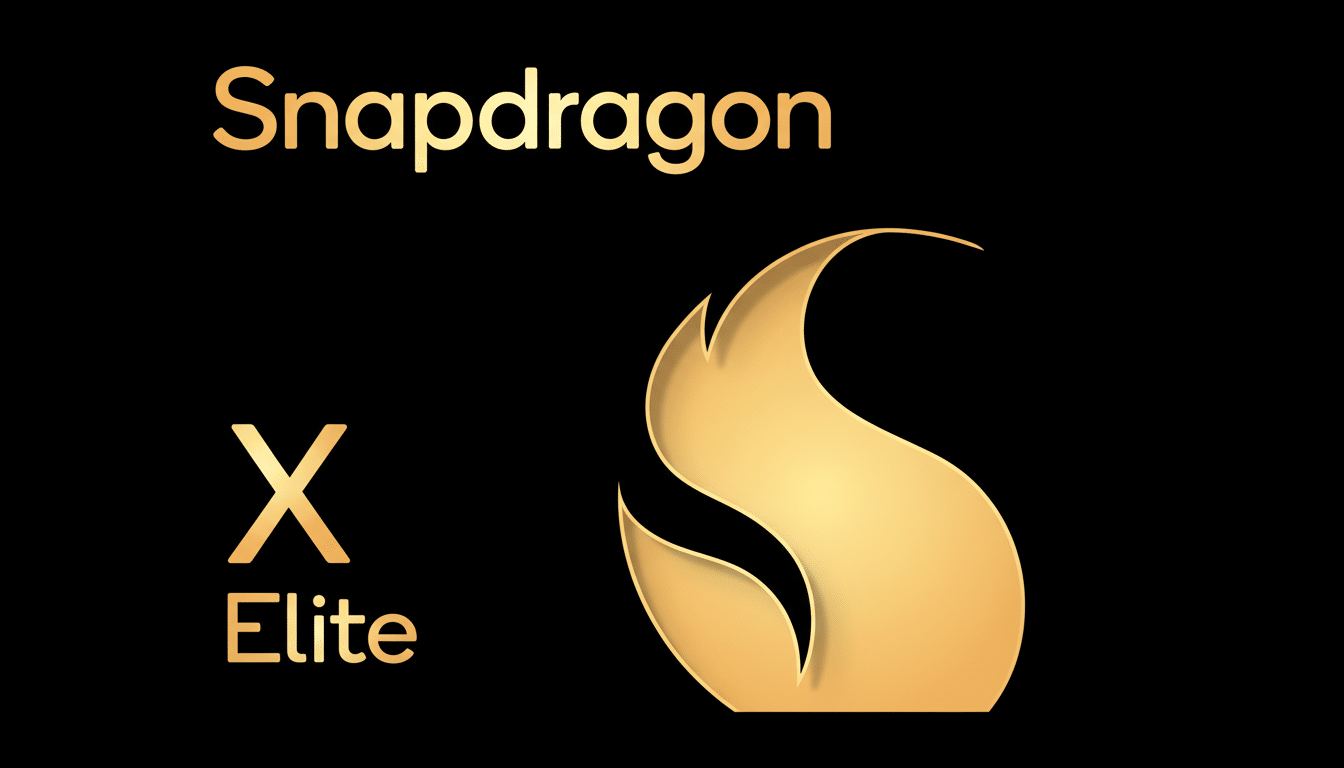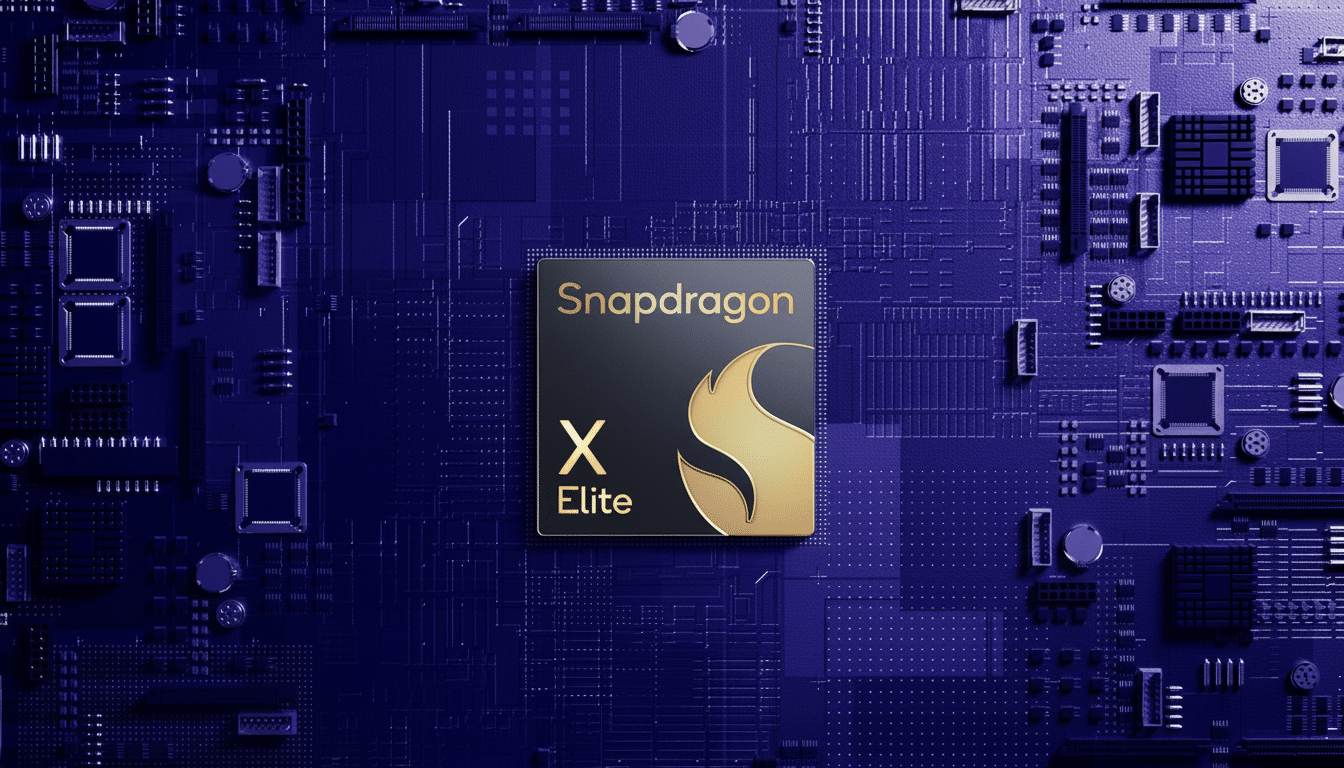A new rumor holds that Qualcomm is testing Android 16 on its Snapdragon X mobile processors, spurring hope that real Android PCs are drawing nearer. Don’t go looking for clamshells that run Android to be on shelves anytime soon, though. The proof suggests that it’s early engineering work, not consumer-ready hardware; but from the software support side, the kinks of Android are still there to be worked out—at least if Google wants to get other consumers replacing Windows or Chrome OS on their more traditional laptop form factors.
What the latest Qualcomm Android 16 rumor really indicates
However, a tech analyst on X posted a screenshot that appears to reveal how Android 16 crops up in Qualcomm’s internal codebase for “Purwa,” the codename associated with the Snapdragon X family (which we know under its model number SC8380). The references are said to invoke various subsystems, such as computer vision, audio, Bluetooth, FM, and camera. That’s par for the course in bring-up work when vendors ready a fresh OS for a silicon platform.
- What the latest Qualcomm Android 16 rumor really indicates
- Why Android’s desktop mode remains the main bottleneck
- Apps and drivers are the other hurdles to solve
- So Why Would Qualcomm Be Doing That Anyway?
- Market Signals Strength for ARM, But Not Pure Android PCs
- Bottom line: Android PCs remain a distant possibility for now

Context matters. Snapdragon X, X Plus, and X Elite are Arm64 parts that specifically target thin-and-light laptops. Bringing up Android 16 on this silicon is perfectly possible, and the smart move for Qualcomm’s validation labs. But that does not, by itself, verify the Android laptop plans. It is common behavior for an engineering team to bring up another OS to test drivers, power states, and block components. Early hints are said to not include next-gen X silicon either, again adding evidence that this is groundwork and not a product signal.
Why Android’s desktop mode remains the main bottleneck
Software experience is the greatest roadblock. Android still does not have an elegant, fully supported desktop mode complete with easily maneuverable windows, keyboard shortcuts, trackpad gestures, multi-monitor support, and universal app scaling. Google has been tinkering with a hidden desktop mode across multiple releases, and multitasking on large displays did get better for tablets and foldables, but a unified laptop-grade shell hasn’t arrived yet.
Third-party efforts reveal potential and perils. Samsung DeX and Motorola Ready For are solid docked experiences, but require manufacturer bloat to function. Previous efforts like Remix OS and Android-x86 achieved results that showed a desktop-y Android could work, but the support wasn’t always there and getting developers to adopt it was an uphill battle. And without first-party desktop UX and direction from Google, OEMs now have the unpleasant choice of incoherent solutions that leave users bewildered and developers with a headache.
Apps and drivers are the other hurdles to solve
And even if the shell does mature, the app ecosystem needs to catch up. Most Android apps are still phone-first, with modest accommodations made for the mouse, keyboard, and freeform support. Google has encouraged developers to integrate large-screen best practices, and it has announced that there are hundreds of millions of active Android large-screen devices in use, but converting that momentum into clamshell laptop sales is another matter altogether. Productivity workflows require desktop-grade norms—think right-click behaviors, recognized shortcut maps, and window-manipulation conventions.
Driver readiness also matters. Snapdragon X has a competent Adreno GPU and contemporary connectivity, but Android laptops would require bulletproof support for high-DPI external displays, USB4 hubs and docks, multi-monitor setups, and low-latency audio. Dancing bears are fun! These also appear in bits and pieces on phones; the PC form factor simply requires them to get along with each other all day and every day.

So Why Would Qualcomm Be Doing That Anyway?
Validation builds can have multiple purposes: internal test devices, reference designs for partners, or even future-proofing in case an OEM wants to ship a 2-in-1 with a custom desktop layer. Another angle is ecosystem positioning. With Microsoft pulling the plug on Windows Subsystem for Android, vendors could get creative with Android app compatibility on PCs, via dual-boot-type concepts to ultra-light virtualization. Qualcomm will gain maximum flexibility should a partner want Android directly on Snapdragon X.
Market Signals Strength for ARM, But Not Pure Android PCs
Apple’s M-series and the most recent Windows-on-ARM push have made ARM-based laptops a thing you can reasonably do. Battery life and instant-on performance are big selling points. Research organizations like Canalys believe AI-capable PCs will account for over 60% of shipments by 2027, and many of those systems will be ARM-first. That tailwind benefits Qualcomm, but it also doesn’t automatically yield new Android laptops; Windows is the option with inertia on its side (with most buyers, at least). ChromeOS remains an effective fit for the “simple, secure” niche.
If Android does get to PCs, the first plausible route takes a narrow approach: detachable convertible 2-in-1s or tablet/laptop hybrids, possibly with a custom desktop interface designed by OEMs.
Google would need to make the desktop a thing, set developer expectations, and prep Play services and management tools for IT departments. None of that appears imminent.
Bottom line: Android PCs remain a distant possibility for now
Android 16 showing up in Snapdragon X code is interesting, but it’s probably a good sign of preparation rather than an announcement. Until Google lands a desktop mode that’s truly first-class and developers adopt patterns of UI designed for laptops, Android PCs will continue to exist as a sexy pipe dream instead of something you can actually buy. Those looking on with curiosity would do well to pay attention to future Android 16 previews for windowing and input improvements—that, more than any lab screenshot, will show when Android is ready for PC prime time.

